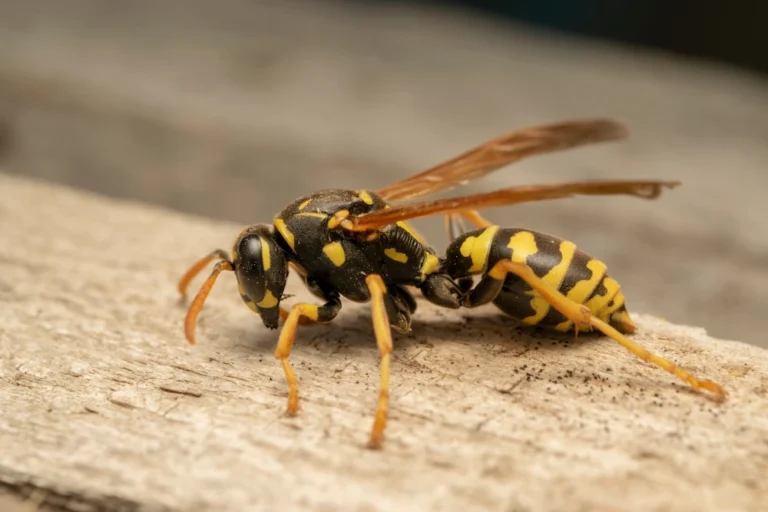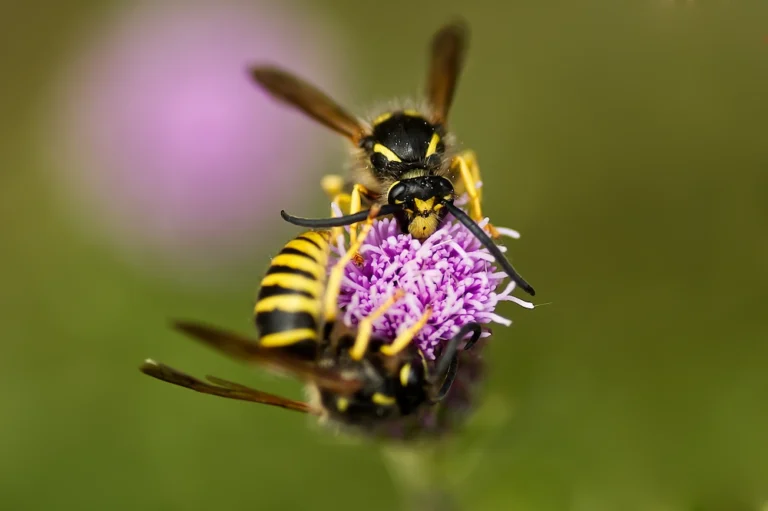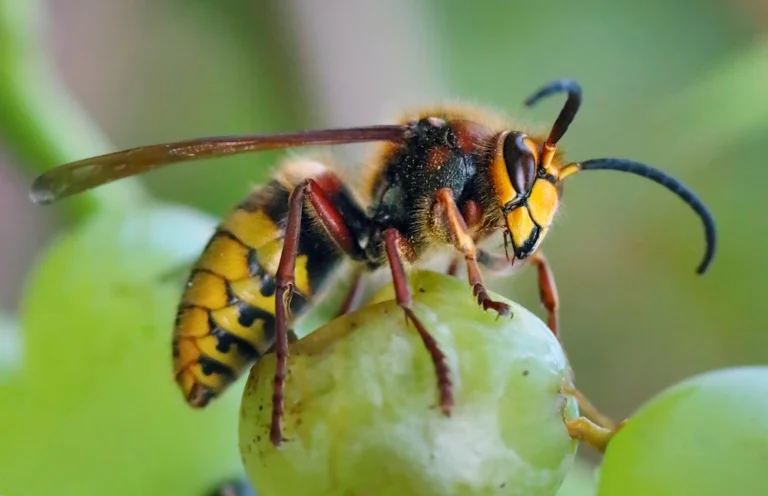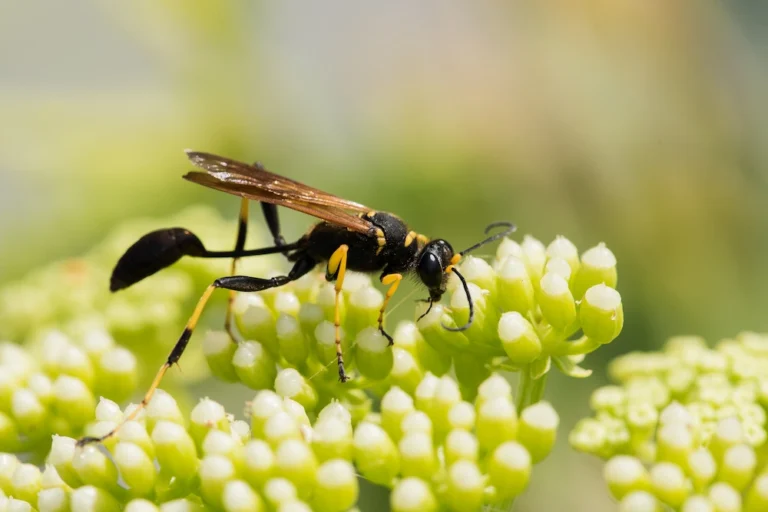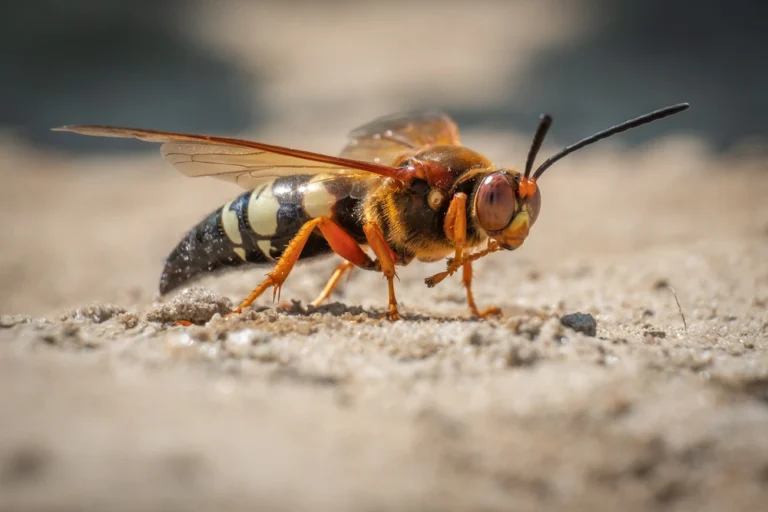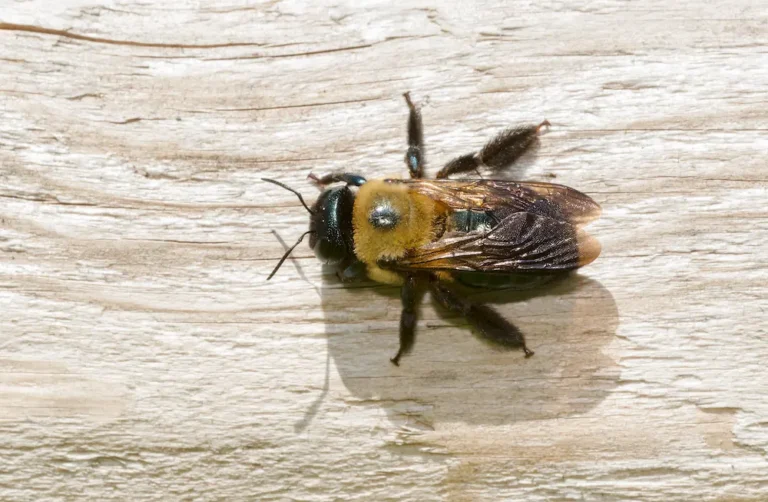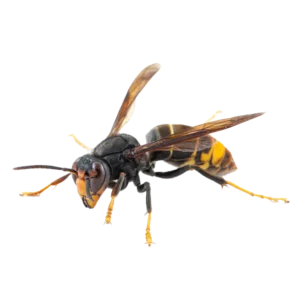
Stinging Insect Species
Stinging insects can be dangerous and destructive around your home and yard. These pests send more than 500,000 people to the emergency room every year as many of them have an aggressive nature and repeatedly sting their victims. You never want to attempt the removal of stinging insects yourself, you should always call a professional to safely remove it without upsetting the hive. Scattering a hive can result in the insects creating many new colonies, making the infestation much worse. Stay safe, protect your family and let Pointe Pest Control help you out.
Green and Energy-Efficient Pest Control Solutions
Whether it’s your home or business, Pointe Pest Control has you covered with expert pest control solutions. We offer free quotes, consultations, and tailored plans to meet your unique needs. First-time customers can also enjoy an exclusive discount! Take the first step toward a pest-free environment today—schedule your free estimate now.
Around an inch in length, these slender black and bright yellow wasps fly with their legs dangling and clearly visible. They are known for their water resistant gray or brown papery nests.
Sometimes mistaken for honey bees because of their similar size and shape, you can tell yellow jackets apart because they are not fuzzy like a bee, do not have pollen sacs on their back legs and are a little quicker.
Hornets look similar to yellow jackets but are around ½ to ⅝ inches in length and are not as aggressive. They build ball shaped, paper nests that can be as large as a basketball and have a fiercely painful sting.
Mud daubers are easily recognized by their narrow body and needle thin waist. They build their nests from mud or clay, which are oval and tube shaped. They are mostly found under eaves and porches, attached to walls or in attics.
Cicada killers are very large wasps, measuring around 1.5 inches. True to their name, they do, in fact, kill cicadas. They carry cicadas to their nest where they lay an egg under the insect’s leg. When the egg hatches, it eats the cicada alive. With long legs and a small body, house spiders are definitely something you will not like to have inside of your home. They will bite if they feel threatened. The bite might be a bit on the painful side, but it is not medically significant unless you experience an allergic reaction.
Carpenter bees look similar to bumble bees but the biggest differences are that they are not nearly as fluffy in appearance, they are solitary and instead of living in a hive and they bore holes in wood to lay their eggs.

